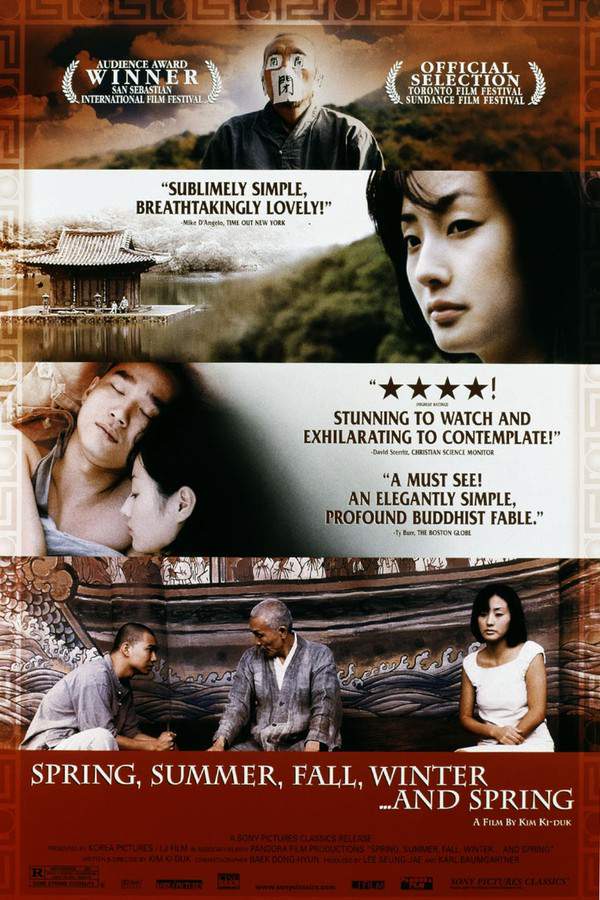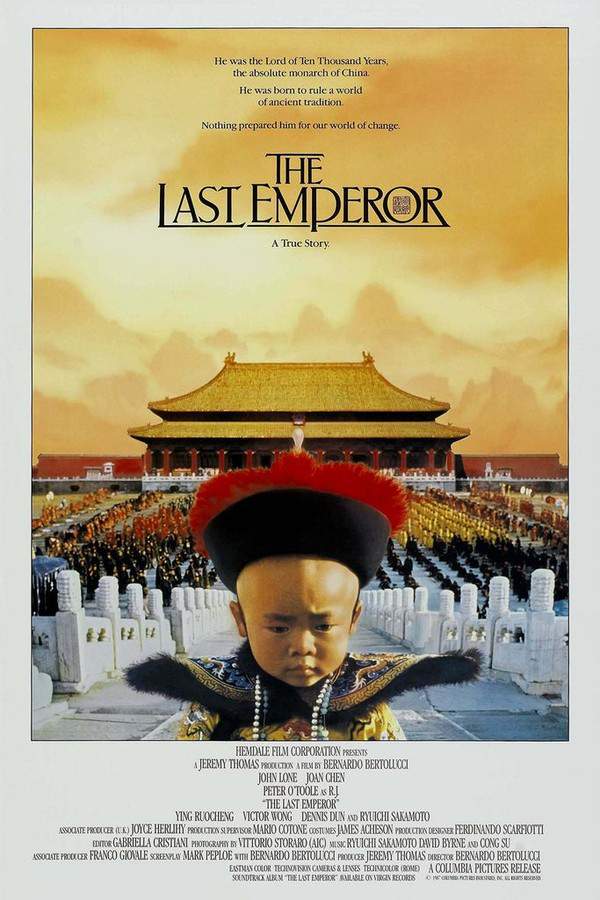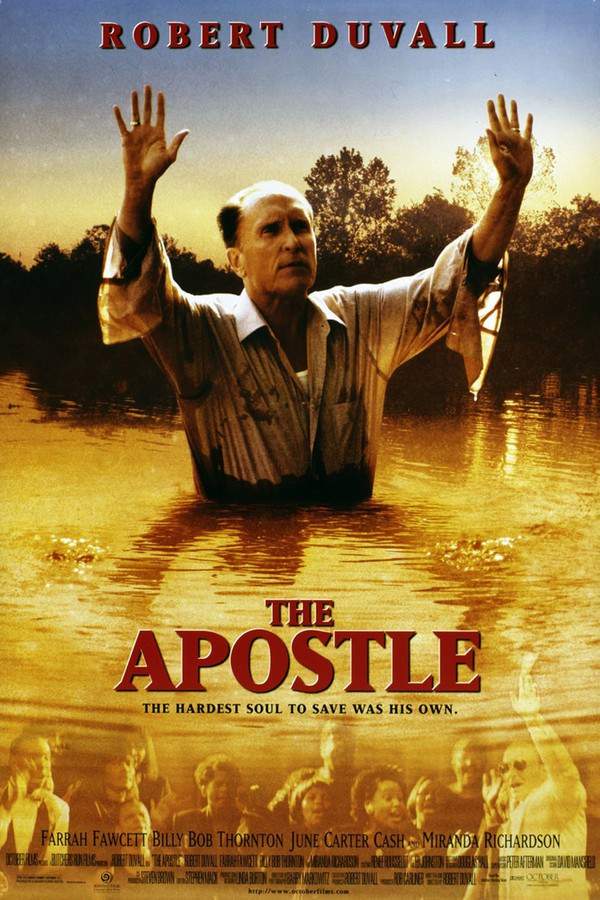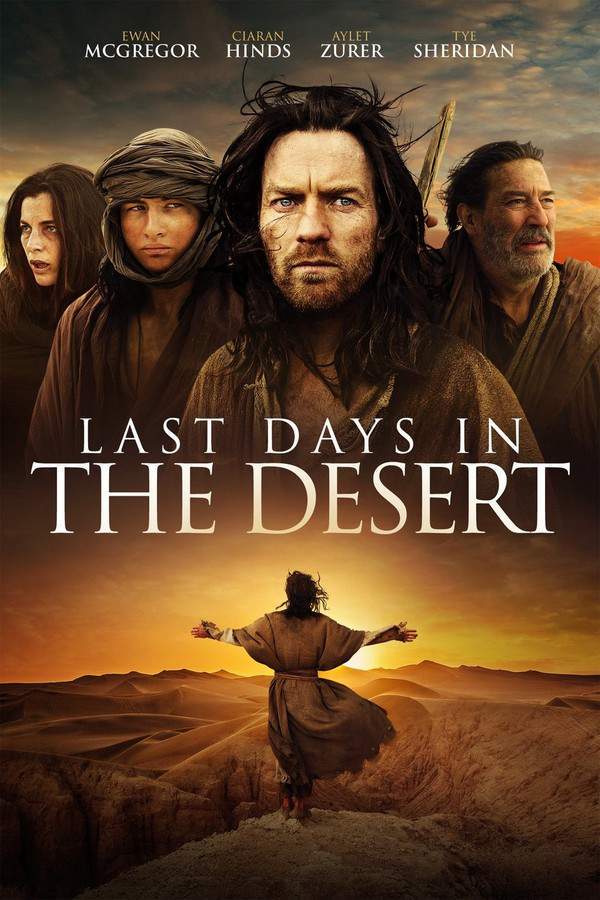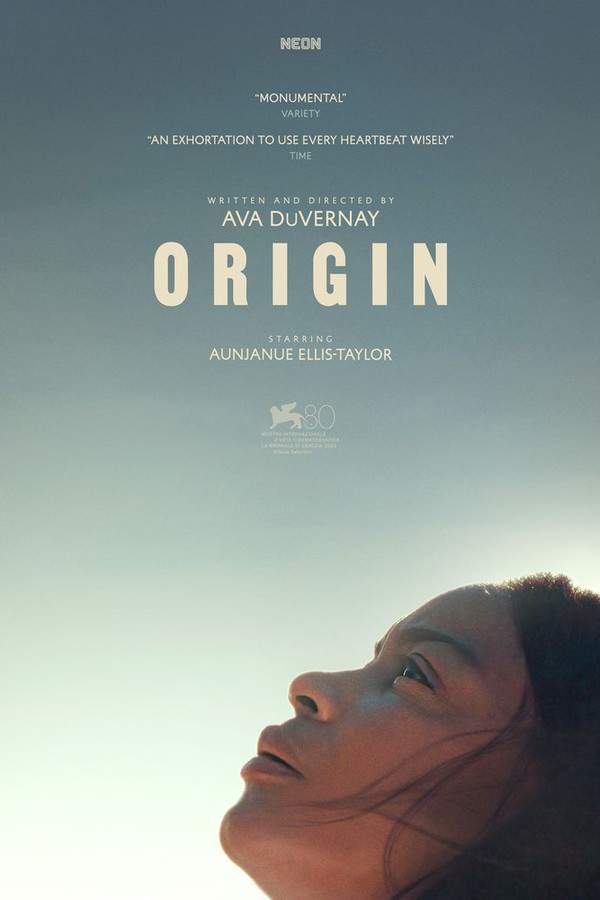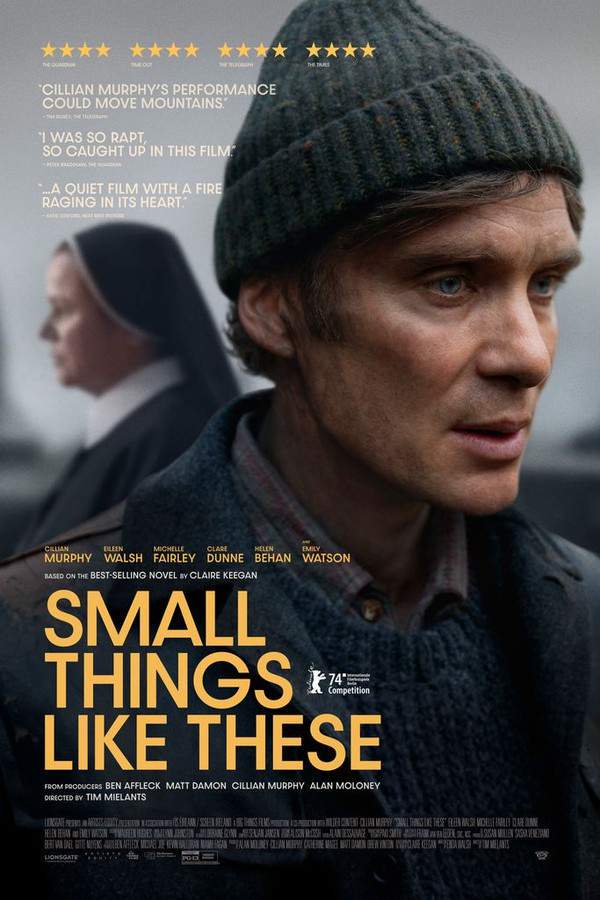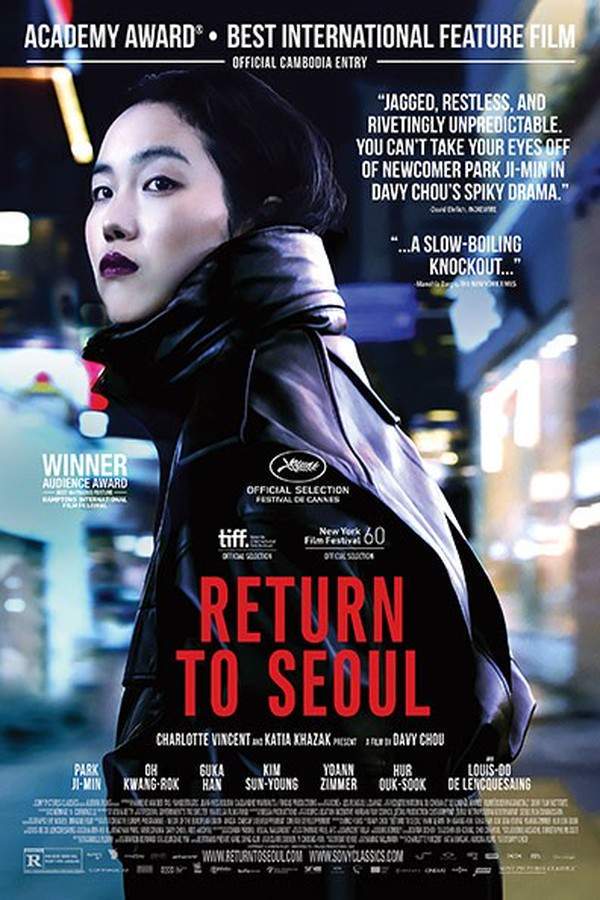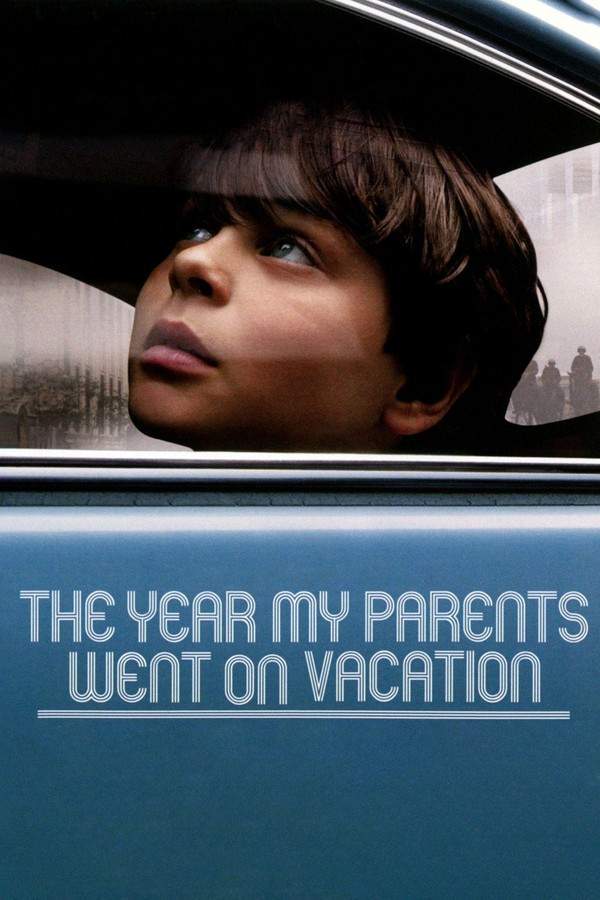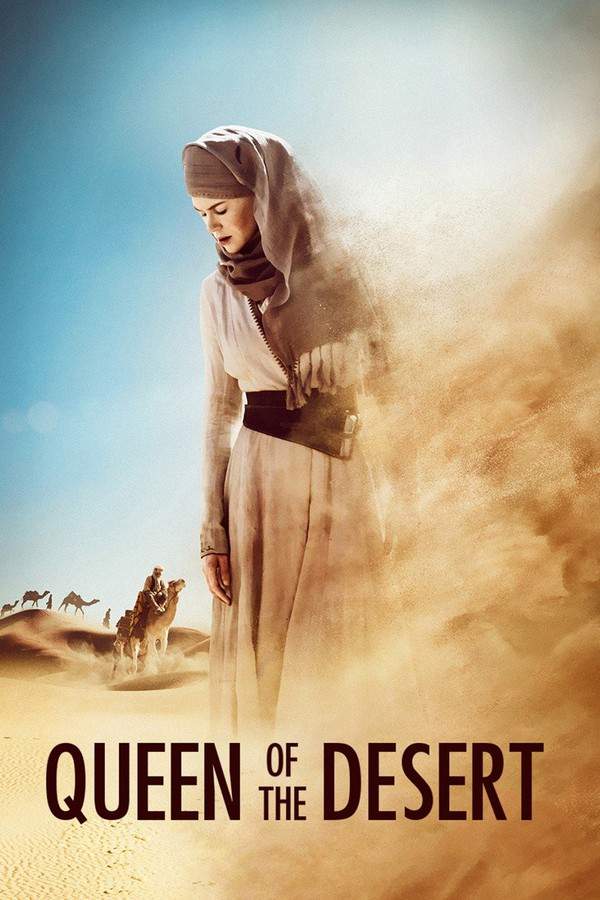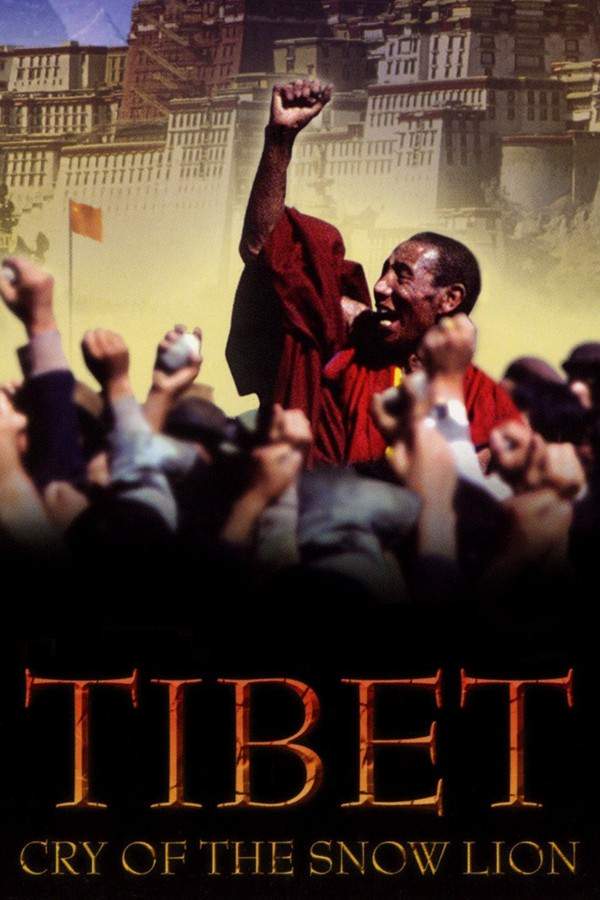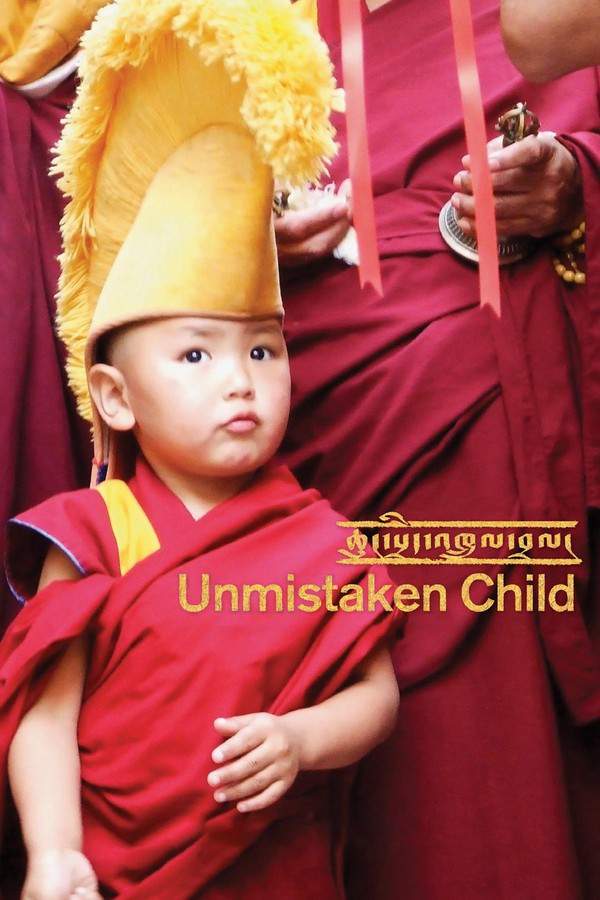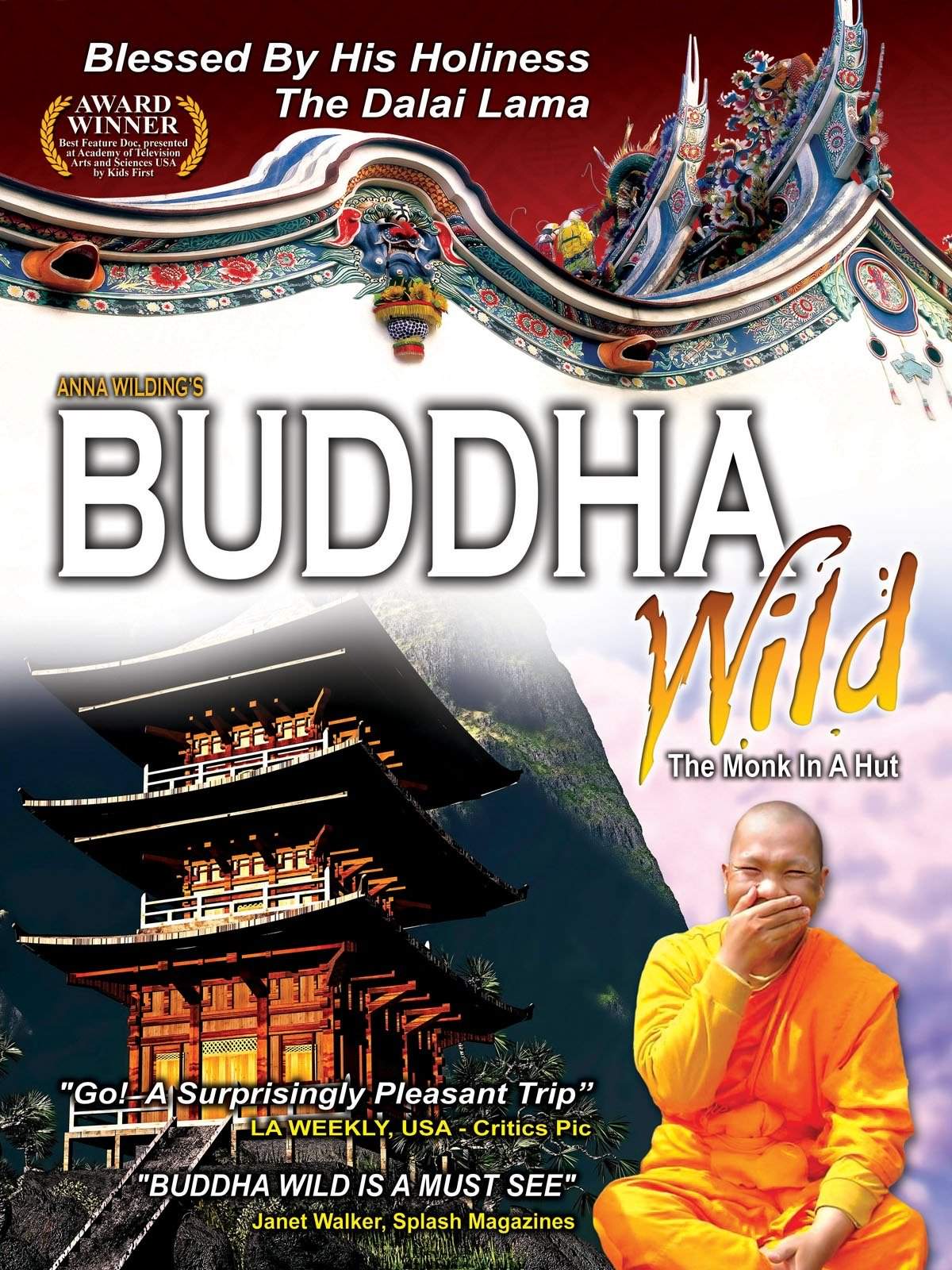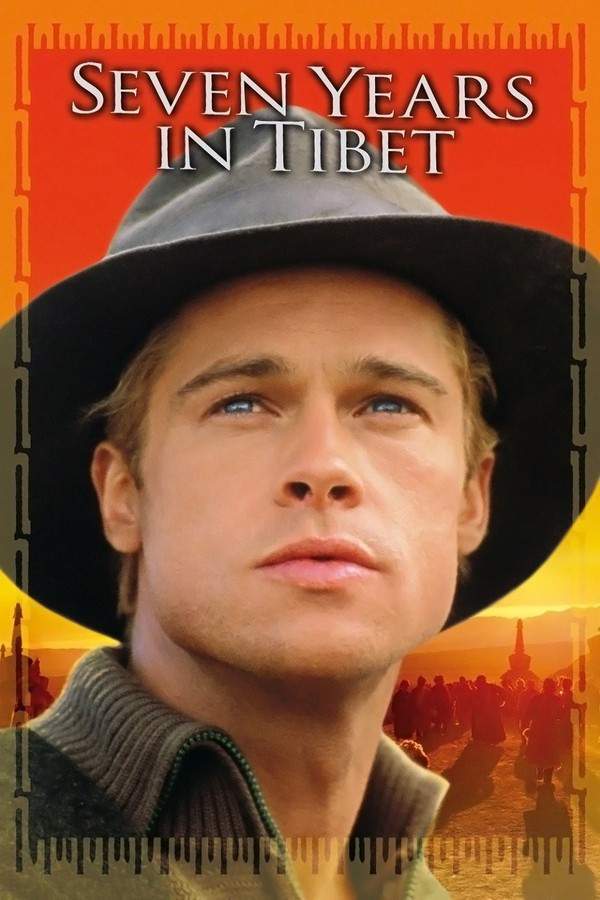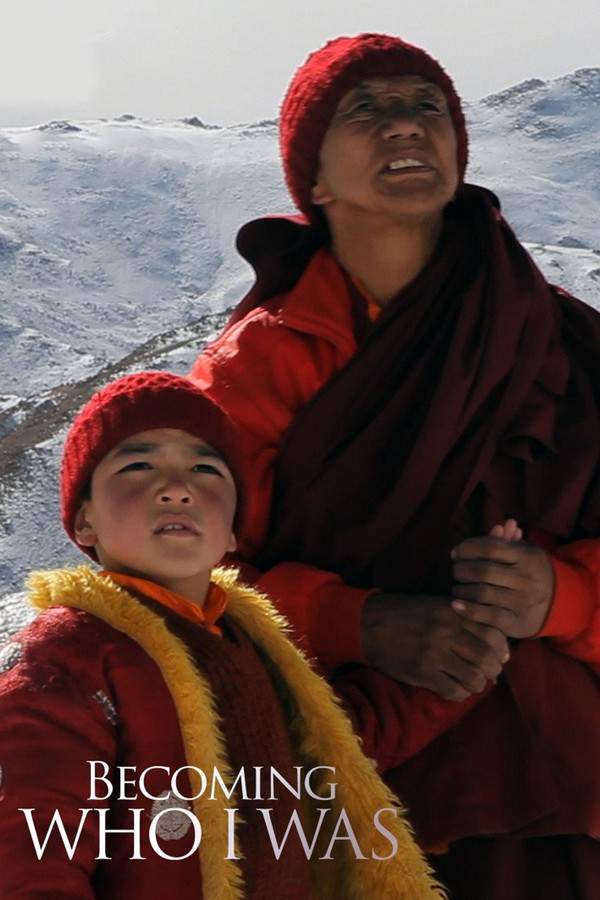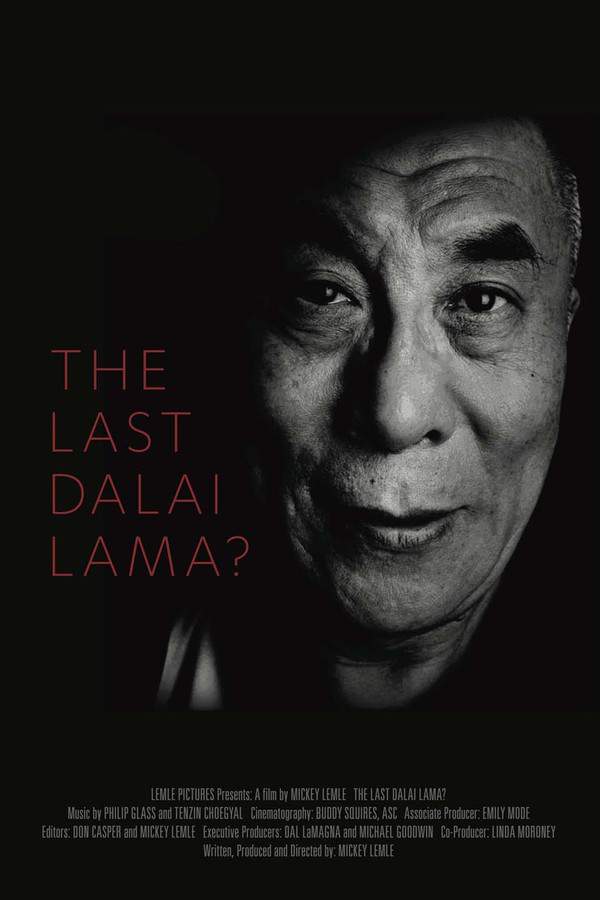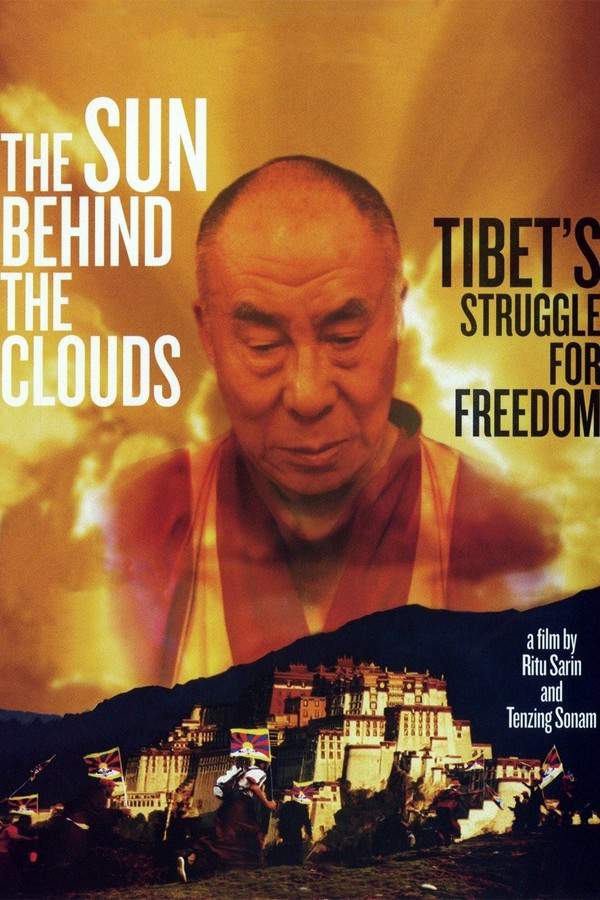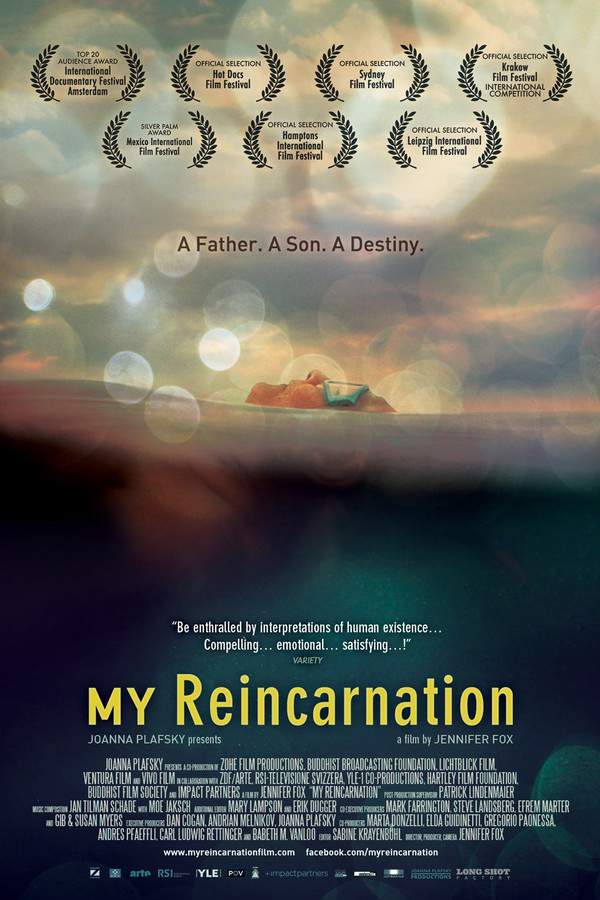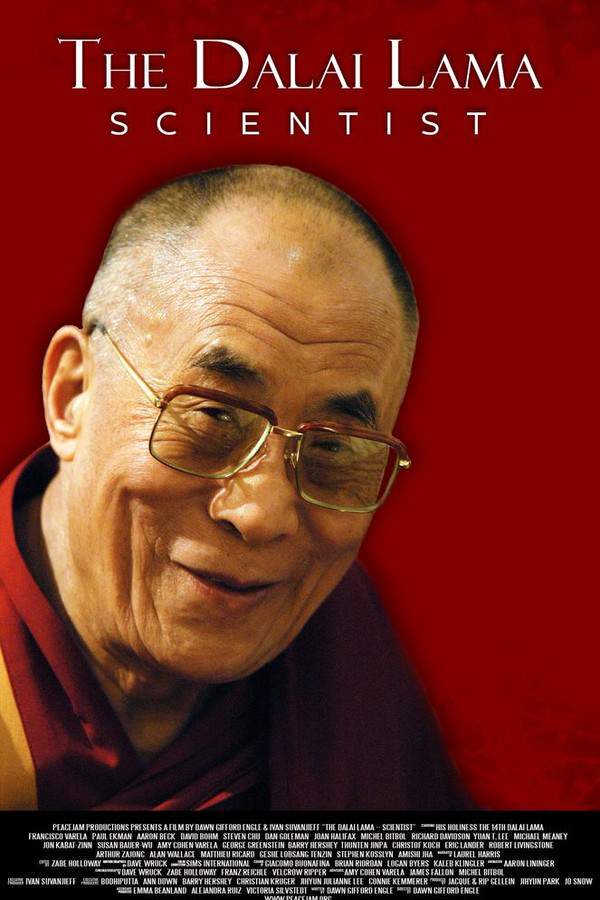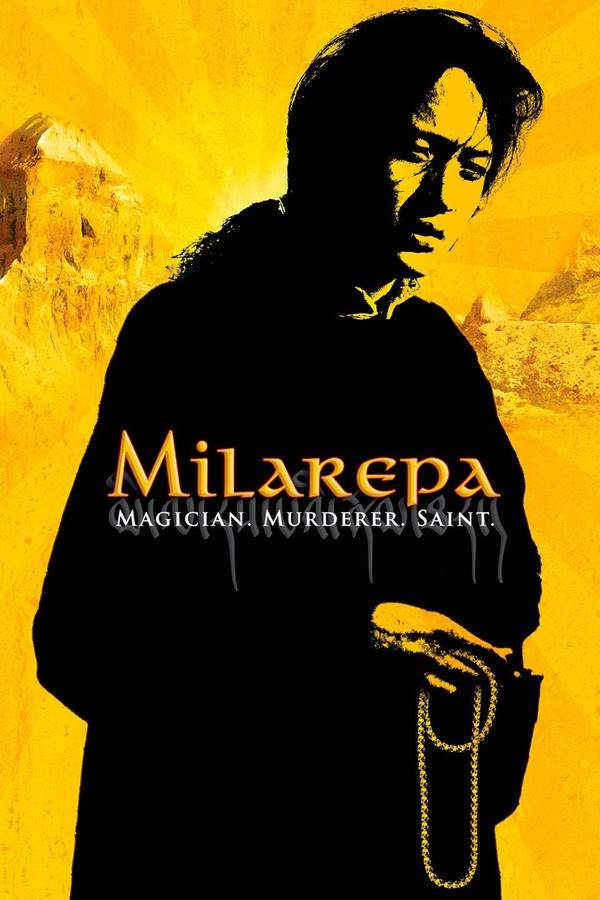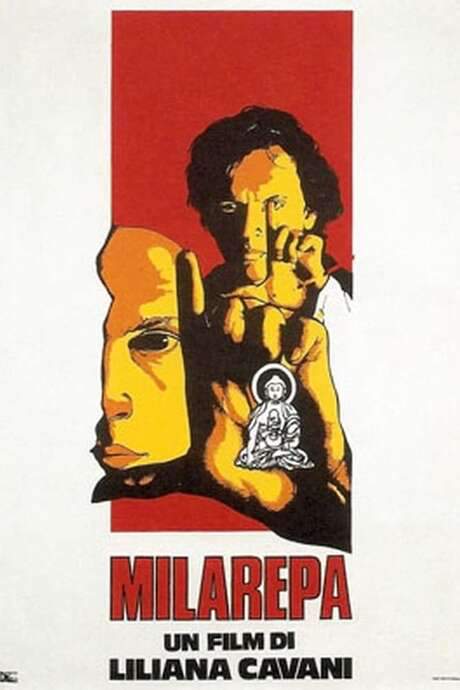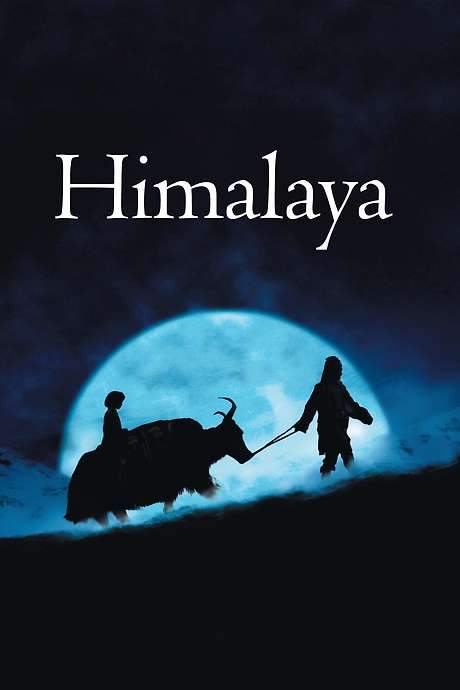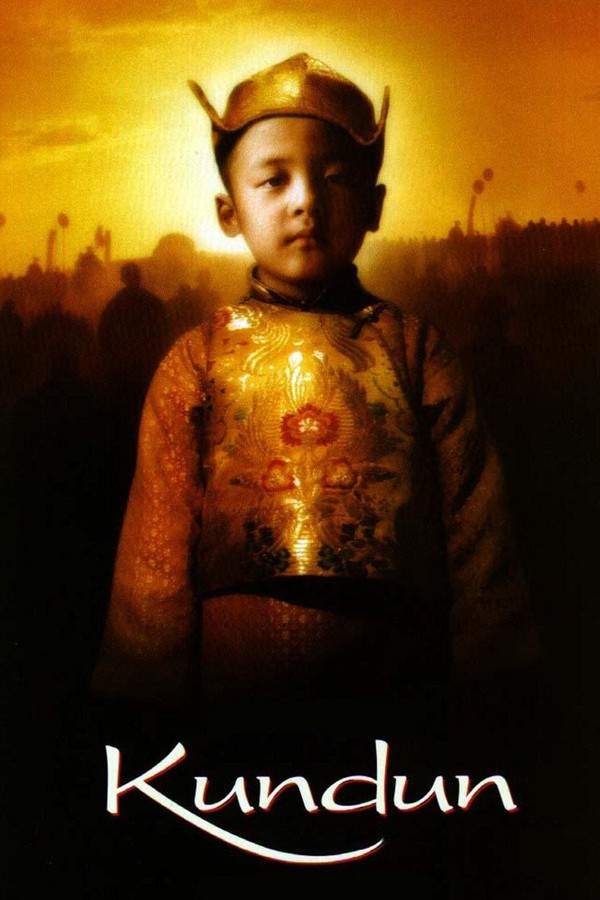
Kundun
Year: 1997
Runtime: 134 min
Language: English
Director: Martin Scorsese
Budget: $28M
A young Tibetan boy is recognized as the 14th Dalai Lama, the reincarnation of the Buddha of Compassion. The film chronicles his early years, under the guidance of spiritual advisors and family, as he embraces his destiny and prepares to lead his people. Directed by Martin Scorsese, the story follows his journey through childhood and adolescence, culminating in the Chinese invasion of Tibet and his subsequent exile, offering a moving portrayal of a spiritual leader’s extraordinary life.
Warning: spoilers below!
Haven’t seen Kundun yet? This summary contains major spoilers. Bookmark the page, watch the movie, and come back for the full breakdown. If you're ready, scroll on and relive the story!
Timeline & Setting – Kundun (1997)
Explore the full timeline and setting of Kundun (1997). Follow every major event in chronological order and see how the environment shapes the story, characters, and dramatic tension.
Last Updated: October 22, 2024 at 21:45
Main Characters – Kundun (1997)
Meet the key characters of Kundun (1997), with detailed profiles, motivations, and roles in the plot. Understand their emotional journeys and what they reveal about the film’s deeper themes.
Last Updated: October 22, 2024 at 21:45
Major Themes – Kundun (1997)
Explore the central themes of Kundun (1997), from psychological, social, and emotional dimensions to philosophical messages. Understand what the film is really saying beneath the surface.
Last Updated: October 22, 2024 at 21:45
Explore Movie Threads
Discover curated groups of movies connected by mood, themes, and story style. Browse collections built around emotion, atmosphere, and narrative focus to easily find films that match what you feel like watching right now.
Movies about spiritual leaders like Kundun
Profiles of spiritual figures facing political upheaval and existential threats.Discover other profound films about spiritual leaders facing immense challenges. If you liked Kundun's portrayal of the Dalai Lama's journey, you'll appreciate these movies exploring similar figures whose faith is tested by political turmoil and personal sacrifice.
Narrative Summary
The narrative often follows a chronological journey, from the figure's early life or calling through their rise to leadership, culminating in a direct confrontation with opposing political powers. The central conflict pits inner peace and spiritual conviction against external violence and oppression.
Why These Movies?
Movies are grouped here based on their shared focus on a real-life spiritual leader, a tone of solemn reverence, high emotional stakes due to political conflict, and a generally heavy emotional weight. They offer contemplative yet intense viewing experiences.
Solemn exile dramas similar to Kundun
Moving stories of individuals forced from their homeland by conflict.Explore more movies that capture the sorrow and resilience of political exile. If you were moved by Kundun's portrayal of the Dalai Lama's forced departure from Tibet, these films offer similar journeys of individuals uprooted by war and oppression.
Narrative Summary
The narrative arc typically follows a protagonist living peacefully in their homeland before an inciting political conflict forces them into a perilous journey to safety. The story is driven by external threat and internal fortitude, leading to an ending that mixes the relief of survival with the grief of permanent displacement.
Why These Movies?
These films share a core theme of forced exile, a melancholic and solemn tone, high emotional weight, and a bittersweet ending feel. The pacing is often steady, building towards the inevitable separation from home, creating a cohesive experience of sorrowful displacement.
Unlock the Full Story of Kundun
Don't stop at just watching — explore Kundun in full detail. From the complete plot summary and scene-by-scene timeline to character breakdowns, thematic analysis, and a deep dive into the ending — every page helps you truly understand what Kundun is all about. Plus, discover what's next after the movie.
Kundun Summary
Read a complete plot summary of Kundun, including all key story points, character arcs, and turning points. This in-depth recap is ideal for understanding the narrative structure or reviewing what happened in the movie.

Kundun Timeline
Track the full timeline of Kundun with every major event arranged chronologically. Perfect for decoding non-linear storytelling, flashbacks, or parallel narratives with a clear scene-by-scene breakdown.

Kundun Spoiler-Free Summary
Get a quick, spoiler-free overview of Kundun that covers the main plot points and key details without revealing any major twists or spoilers. Perfect for those who want to know what to expect before diving in.

More About Kundun
Visit What's After the Movie to explore more about Kundun: box office results, cast and crew info, production details, post-credit scenes, and external links — all in one place for movie fans and researchers.

Similar Movies to Kundun
Discover movies like Kundun that share similar genres, themes, and storytelling elements. Whether you’re drawn to the atmosphere, character arcs, or plot structure, these curated recommendations will help you explore more films you’ll love.
Explore More About Movie Kundun
Kundun (1997) Plot Summary & Movie Recap
Kundun (1997) Scene-by-Scene Movie Timeline
Kundun (1997) Spoiler-Free Summary & Key Flow
Movies Like Kundun – Similar Titles You’ll Enjoy
Tibet: Cry of the Snow Lion (2003) Complete Plot Breakdown
Unmistaken Child (2009) Film Overview & Timeline
Buddha Wild: Monk in a Hut (2006) Full Movie Breakdown
Seven Years in Tibet (1997) Story Summary & Characters
Becoming Who I Was (2018) Plot Summary & Ending Explained
The Last Dalai Lama? (2017) Film Overview & Timeline
The Sun Behind the Clouds: Tibet's Struggle for Freedom (2010) Plot Summary & Ending Explained
My Reincarnation (2011) Story Summary & Characters
The Dalai Lama: Scientist (2019) Full Movie Breakdown
Milarepa (2007) Film Overview & Timeline
10 Questions for the Dalai Lama (2006) Story Summary & Characters
Buddha (1961) Spoiler-Packed Plot Recap
Little Buddha (1993) Complete Plot Breakdown
Milarepa (1974) Plot Summary & Ending Explained
Himalaya (1999) Spoiler-Packed Plot Recap

